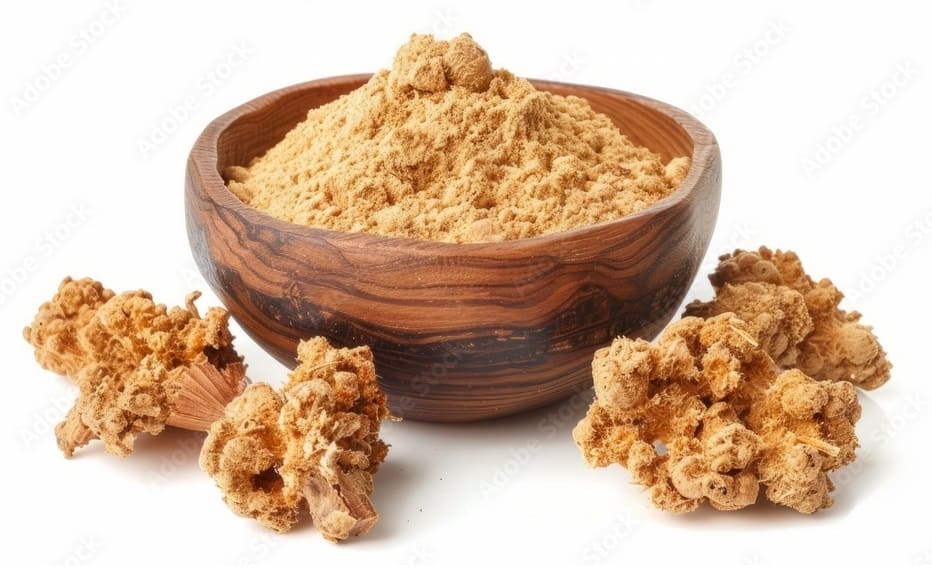Dealing with asthma can feel like an uphill battle. From the wheezing to the breathlessness, it can be exhausting. While medications play a vital role in managing asthma, many people are on the lookout for natural remedies that can provide relief. One such remedy is asafoetida (or “hing”), a spice that has been cherished in kitchens and traditional medicine, especially in Indian culture, for centuries. Let’s explore how asafoetida (Hing) can help asthma patients breathe easier.
What is Asafoetida?
Asafoetida, often referred to as “hing,” is derived from the resin of the Ferula plant. Known for its strong aroma and flavor, it is often used as a substitute for garlic and onions in cooking. Beyond its culinary uses, asafoetida has been a staple in traditional medicine for centuries, particularly in Ayurveda, for its numerous health benefits.
How Asafoetida Can Help Asthma Patients?
1) Anti-inflammatory Properties:
Inflammation in the airways can make asthma feel even more challenging. Fortunately, asafoetida has natural anti-inflammatory properties that can help calm that irritation. Think of it as a soothing balm for your airways.
2) Expectorant Effects:
One of the frustrating aspects of asthma can be the buildup of mucus. Asafoetida acts as an expectorant, helping to loosen and clear mucus from your respiratory tract. When you can breathe easier, you’re more likely to feel like yourself again.
3) Antioxidant Properties:
Oxidative stress can make asthma symptoms worse. Luckily, asafoetida is rich in antioxidants, which can help combat this stress. It’s like giving your lungs a bit of extra love and protection.
4) Antispasmodic Effects:
If you’ve ever felt that tightness in your chest, you know how distressing it can be. Some research suggests that asafoetida may have antispasmodic effects, meaning it can help relax the muscles in your respiratory tract. This can be particularly helpful during an asthma attack.
5) Digestive Health:
Believe it or not, your digestive health can impact your breathing. Asafoetida is known to improve digestion, which can, in turn, help reduce asthma attacks triggered by digestive issues.
How to Include Asafoetida in Your Routine?
1) In Your Cooking:
Incorporate asafoetida into your meals. It is commonly used in lentil dishes, vegetable curries, and pickles. A pinch can add a unique flavor while providing health benefits.
2) Asafoetida Water:
Curious about trying it in liquid form? Mix a small amount of asafoetida in warm water and drink it. This simple remedy can help soothe respiratory discomfort and promote easier breathing.
3) Inhalation for Relief:
If you’re feeling particularly tight in your chest, consider mixing asafoetida with a carrier oil and applying it to your chest. The aroma can help open up your airways and bring some immediate relief.
Precautions
While asafoetida can be a wonderful addition to your asthma management toolkit, it’s essential to talk to your doctor before trying it out—especially if you’re on medication. Some folks might have allergies or experience digestive upset from it, so starting with a small amount is wise.
Conclusion:
Asafoetida isn’t a magic bullet, but it could be a helpful ally in your journey with asthma. By embracing this ancient spice, you might find a little extra comfort in managing your symptoms. Remember, the best approach is one that combines professional medical advice with holistic remedies like asafoetida.
Have you tried asafoetida for asthma or any other health issues? I’d love to hear your thoughts and experiences! Share your stories in the comments below—let’s support each other on this journey!
Also Read:
